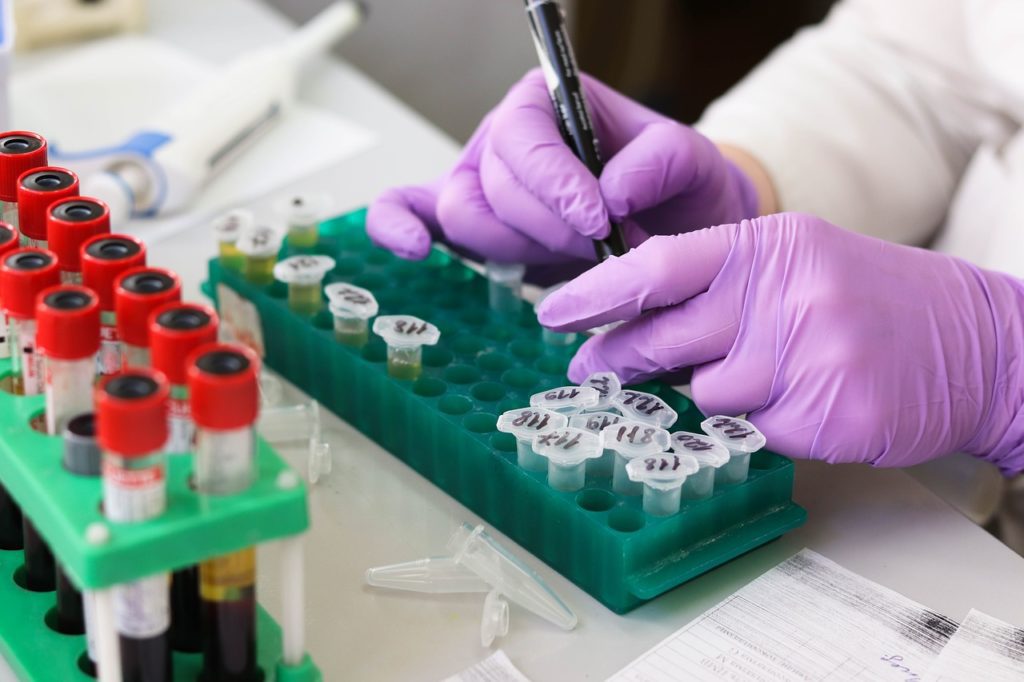Editor’s Note: We believe that patients are a key part of developing and leading the conversation in disease communities. Patient Worthy sometimes partners with reputable agencies that wish to speak with patients about opportunities related to their diagnosed conditions. These opportunities can include activities such as sharing stories with other patients or health professionals about their diagnosis journey or recording video testimonials. To learn more about how to get involved with an opportunity for ovarian cancer patients, click here.
Sometimes it can be difficult to identify who might respond to certain cancer treatments and who might not. While each individual should work with their care team to figure out the best line of treatment, it would be helpful if doctors had a way to predict potential responses. Hayden E. Klein, in the AJMC, reports that researchers from the Icahn School of Medicine at Mount Sinai may have discovered a protein signature that could predict treatment (chemotherapy) responses for people with high-grade ovarian cancer.
An estimated 110,000 people or more die each year from high-grade serous ovarian cancer. This cancer can also be markedly difficult to treat. Although research and treatments have advanced over the years, the mortality rate for this cancer has remained relatively the same. More so, many tumors recur after treatment and a small subset of patients remain refractory to treatment, which means that current treatments do not work for them. Therefore, identifying predictive measures for treatment could potentially improve outcomes.
Unpacking the Research
To identify potential solutions, the research team characterized the proteogenomics of 242 people with either sensitive or refractory high-grade serous ovarian cancer. Frozen and formalin-fixed paraffin-embedded tumor samples were used. Utilizing a variety of tactics, as shared in the study findings published in Cell, brought the researchers to a 64-protein signature that identified 35% of patients who would not respond well to platinum-based chemotherapy. Further, the research team found that people with the absence of Chromosome 17 loss of heterozygosity were more likely to respond poorly to treatment. Further evaluation discovered five distinct “clusters” or subsets of high-grade serous ovarian cancer.
While these findings are interesting, the research team notes that additional insight and validation is needed to confirm these findings or understand them further.
What is Ovarian Cancer?
Ovarian cancer forms in the almond-shaped organs on either side of the uterus, called ovaries. The ovaries typically produce hormones and store eggs for female reproduction. While ovarian cancer may occur in both ovaries, it often appears unilaterally (in one ovary) first. 90% of all ovarian cancers are epithelial tumors, with the remaining 10% being rarer subtypes. Treatment, which includes medications, radiation, surgical interventions, or chemotherapy, is needed to prevent the cancer from spreading.
People with ovarian cancer may experience symptoms such as appetite loss; abnormal uterine bleeding or vaginal secretions; breast tenderness; nausea or indigestion; endometrial hyperplasia; pelvic pain; abdominal pain and distention; changes in urinary urgency or frequency; or bloating.
Editor’s Note: We believe that patients are a key part of developing and leading the conversation in disease communities. Patient Worthy sometimes partners with reputable agencies that wish to speak with patients about opportunities related to their diagnosed conditions. These opportunities can include activities such as sharing stories with other patients or health professionals about their diagnosis journey or recording video testimonials. To learn more about how to get involved with an opportunity for ovarian cancer patients, click here.








